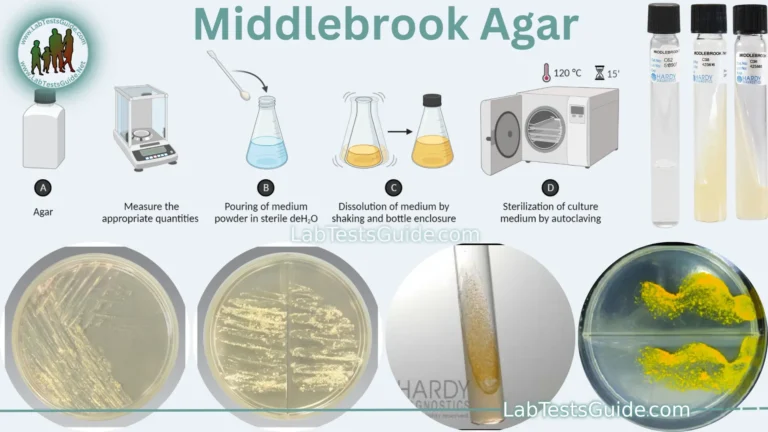Haem’s solution is a specific type of dilution used in manual red blood cell (RBC) counting. It is a hypotonic solution, which means that the concentration of the solution is less than that of the cells it dilutes. This prevents red blood cells from breaking (burst) and ensures an accurate count.

Composition:
Ingredients:
| Reagent | Content |
|---|---|
| Mercuric chloride | 0.25 grams |
| Sodium sulfate | 2.50 grams |
| Sodium chloride | 0.50 grams |
| Distilled water | 100.0 milliliters |
| Final pH (25°C) | 5.9 ± 0.1 |
The above Composition is based on HIMEDIA Hayem’s diluting fluid protocol which you can check here.
Principle And Interpretation:
Appearance: Colourless, solution.
- RBC diluting fluid is isotonic with blood, hence hemolysis does not take place. Normal Saline also can be used. But it causes slight creation of red blood cells and allows rouleaux formation.
- The blood specimen is diluted 1:200 with the RBC diluting fluid and cells are counted under high power (40 x objective) by using a counting chamber.
- The number of cells in undiluted blood are calculated and reported as the number of Red cells per cu mm (MI) of whole blood.
Storage and Stability:
Store at 15°C-25°C away from bright light. Stability of the Hayem’s (RBC Diluting) Fluid is as per expiry date mentioned on label.
Possible References Used





